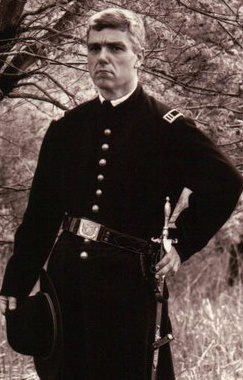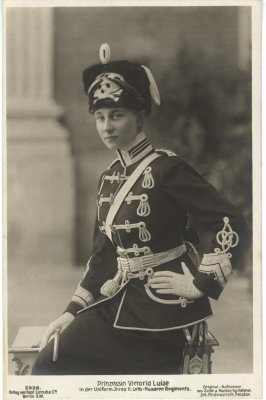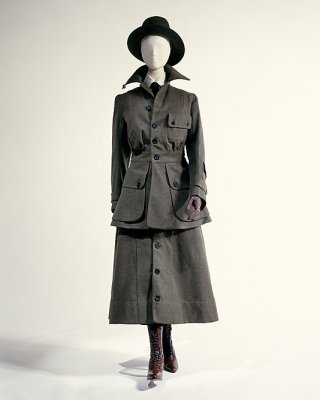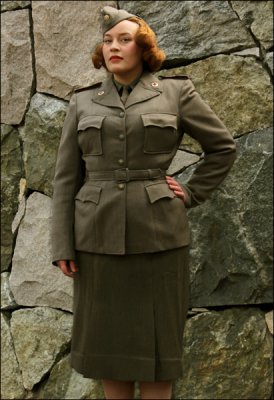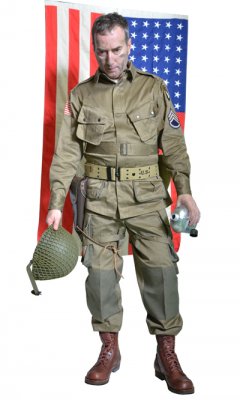hatguy1
One Too Many
- Messages
- 1,145
- Location
- Da Pairee of da prairee
I am sure it won't be long before the Navy adopts that policy. It basically come down to "The Army does it, why can't we?"
Guess it's a good thing it's not the other way round or the army would be trying to drive ships and subs. ;-P
